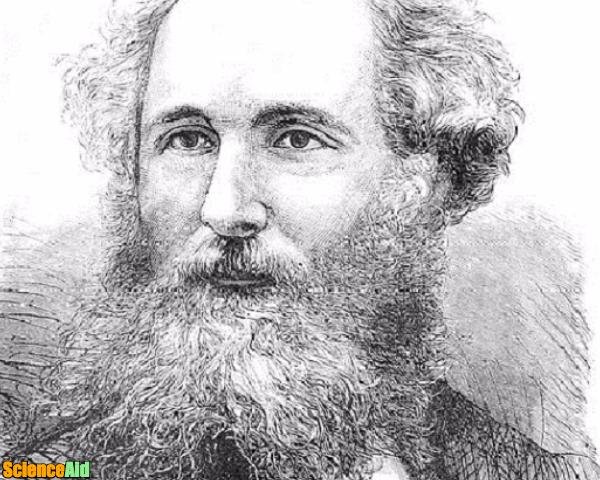

(or lambda baryon) discovered during a study of cosmic-ray interactions Īntiproton discovered by Owen Chamberlain, Emilio Segrè, Clyde Wiegand, and Thomas Ypsilantis Įlectron neutrino detected by Frederick Reines and Clyde Cowan (proposed by Wolfgang Pauli in 1930 to explain the apparent violation of conservation of energy in beta decay) At the time it was simply referred to as neutrino since there was only one known neutrino. Kaon (or K meson), the first strange particle, discovered by George Dixon Rochester and Clifford Charles Butler Powell's group, including César Lattes (first author) and Giuseppe Occhialini (predicted by Hideki Yukawa in 1935 ) Stevenson, using cloud chamber measurements of cosmic rays (it was mistaken for the pion until 1947 ) Muon (or mu lepton) discovered by Seth Neddermeyer, Carl D. Anderson (proposed by Paul Dirac in 1927 and by Ettore Majorana in 1928) Neutron discovered by James Chadwick (predicted by Rutherford in 1920 )Īntielectron (or positron), the first antiparticle, discovered by Carl D. Proton discovered by Ernest Rutherford ĭeuteron discovered by Harold Urey (predicted by Rutherford in 1920 ) Gamma ray (a high-energy photon) discovered by Paul Villard in uranium decay Ītomic nucleus identified by Ernest Rutherford, based on scattering observed by Hans Geiger and Ernest Marsden X-ray produced by Wilhelm Röntgen (later identified as photons) Īlpha particle discovered by Ernest Rutherford in uranium radiation

ĭiscovery of the ultraviolet radiation below 200 nm, named vacuum ultraviolet (later identified as photons) because it is strongly absorbed by air, by the German physicist Victor Schumann The terms chemical and heat rays were eventually dropped in favor of ultraviolet and infrared radiation, respectively. The more general term "chemical rays" was adopted shortly thereafter to describe the oxidizing rays, and it remained popular throughout the 19th century. He called them " de-oxidizing rays" to emphasize chemical reactivity and to distinguish them from "heat rays" at the other end of the invisible spectrum (both of which were later determined to be photons). Johann Wilhelm Ritter made the hallmark observation that invisible rays just beyond the violet end of the visible spectrum were especially effective at lightening silver chloride-soaked paper. William Herschel discovers "heat rays" (now known as infrared) Composite particles which were the first particle discovered containing a particular elementary constituent, or whose discovery was critical to the understanding of particle physics.In the case of most subsequent particle discoveries, the particle and its anti-particle were discovered essentially simultaneously. The discovery of these particles required very different experimental methods from that of their ordinary matter counterparts, and provided evidence that all particles had antiparticles-an idea that is fundamental to quantum field theory, the modern mathematical framework for particle physics. Antiparticles which were historically important to the development of particle physics, specifically the positron and antiproton.All Standard Model particles including the Higgs boson have been verified, and all other observed particles are combinations of two or more Standard Model particles. The Standard Model is the most comprehensive existing model of particle behavior. Elementary particles from the Standard Model of particle physics that have so far been observed.

More specifically, the inclusion criteria are: It also includes the discovery of composite particles and antiparticles that were of particular historical importance. This is a timeline of subatomic particle discoveries, including all particles thus far discovered which appear to be elementary (that is, indivisible) given the best available evidence.


 0 kommentar(er)
0 kommentar(er)
